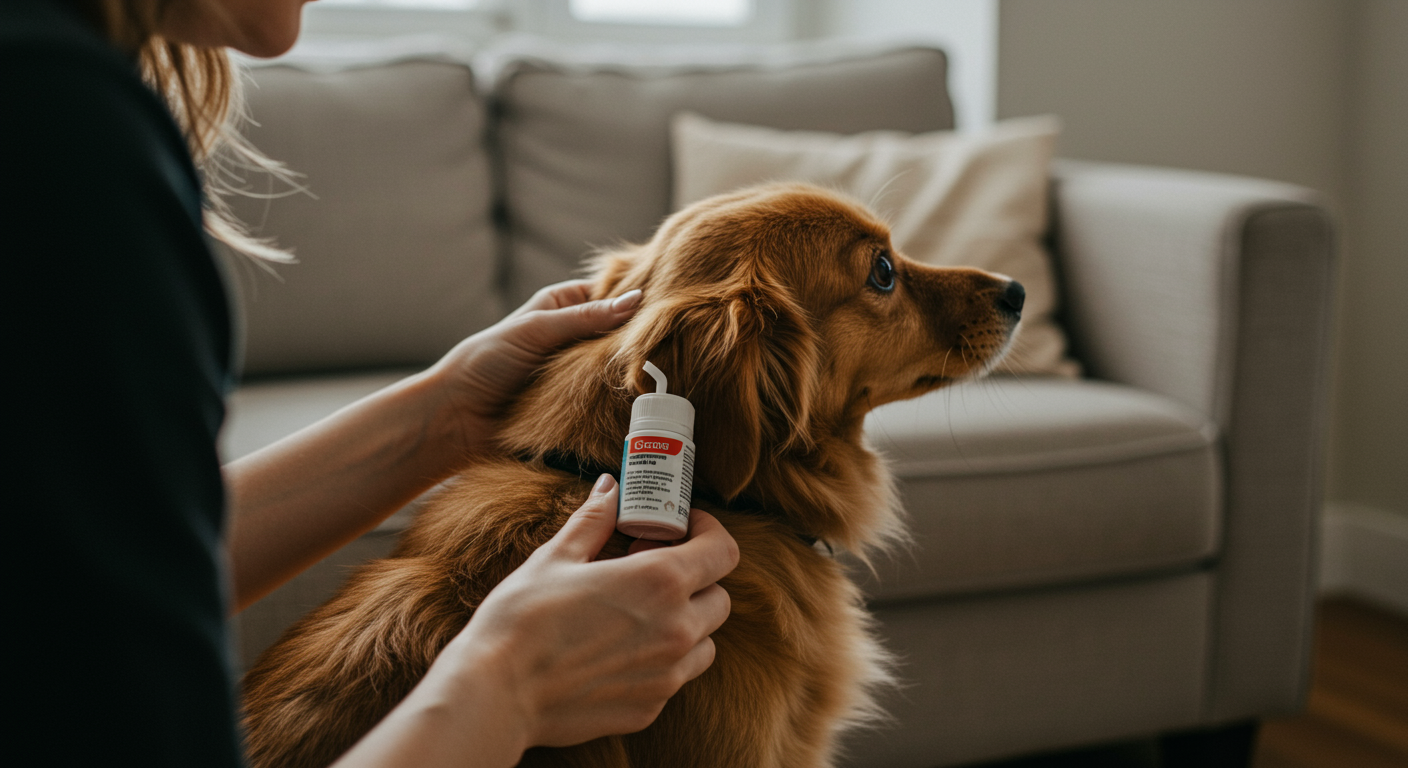As experienced pet parents, you understand that proactive care is the cornerstone of a long, happy life for your animal companions. Fleas and ticks are more than just a nuisance; they pose significant health risks, potentially transmitting diseases like Lyme disease, Ehrlichiosis, and Rocky Mountain Spotted Fever. This comprehensive guide offers advanced strategies and insights to optimize your pet's protection against these persistent parasites.

Deep Dive into Flea & Tick Prevention for Advanced Pet Parents
Beyond basic treatments, advanced preventative care involves a multi-faceted approach. This includes understanding the local prevalence of fleas and ticks, the specific risks to your pet based on their breed and lifestyle, and the latest advancements in preventative medications. This also means understanding the different life stages of fleas and ticks.
Advanced Strategies and Insights
Understanding the Risks
- Local Prevalence: Research the flea and tick activity in your geographic area. Some regions experience year-round threats, while others have seasonal peaks. Consult your veterinarian to understand the specific risks in your location.
- Pet's Lifestyle: Consider your pet's activities. Pets who spend time outdoors, in wooded areas, or interact with other animals are at higher risk.
- Breed-Specific Risks: Certain breeds may be more susceptible to tick-borne diseases or have sensitivities to specific medications. Always discuss with your vet.
Year-Round Protection
- Consistent Medication: Administer preventative medications year-round, as recommended by your veterinarian. Many effective products are available, including topical treatments, oral medications, and flea and tick collars. Examples include:
- Topical Treatments: These are applied to the skin and spread through the pet's coat. They often provide broad-spectrum protection. Note that some older products can be toxic to cats.
- Oral Medications: These are given as a chewable or tablet. They work by entering the pet's bloodstream.
- Flea and Tick Collars: These slowly release chemicals to kill fleas and ticks. Always follow the product's instructions.
- Regular Grooming: Frequent grooming allows you to check for ticks and remove them promptly. Brushing also helps distribute topical treatments. Use a flea comb for a more thorough check.
- Environmental Control: Regularly vacuum your home, wash pet bedding, and treat your yard to eliminate fleas and ticks. Create a flea-and-tick-free zone.
Optimizing Your Pet's Health
Choosing the Right Preventative Product
The best flea and tick prevention product depends on your pet's individual needs. Factors to consider include:
- Pet's Age and Health: Some medications are not suitable for young puppies or kittens, pregnant or nursing animals, or pets with certain health conditions. Always consult your veterinarian.
- Lifestyle: Pets who swim frequently may require waterproof treatments. Consider their daily activities when choosing a product.
- Effectiveness and Duration: Understand how long a product lasts and its effectiveness against different types of ticks.
- Consult your vet: Discussing different options with a vet is the best way to make sure you get the most effective preventative care.
Tick Removal and Disease Prevention
- Tick Checks: Perform regular tick checks, especially after outdoor activities. Examine your pet's entire body, including hidden areas like ears, between toes, and under the tail.
- Proper Tick Removal: Use fine-tipped tweezers to grasp the tick as close to the skin as possible. Pull upward with steady, even pressure. Do not twist or jerk the tick. Clean the bite area with antiseptic.
- Disease Symptoms: Be aware of symptoms of tick-borne diseases, such as fever, lethargy, loss of appetite, lameness, and joint pain. Seek veterinary care immediately if you suspect your pet is ill.
Case Study: Achieving Year-Round Protection
Consider a senior dog named Max, who loves going on walks in the park. Max's owner, an experienced pet parent, switched to a monthly oral flea and tick preventative prescribed by their veterinarian. They also made sure to check Max after every walk. Max remained flea and tick free, and the owner found it made a big difference to Max's overall comfort and health.
Navigating Complex Pet Challenges
- Allergic Reactions: Watch for signs of allergic reactions to flea and tick medications, such as skin irritation, excessive scratching, or difficulty breathing. Seek veterinary attention if necessary.
- Product Interactions: Inform your veterinarian about all medications and supplements your pet is taking to avoid potential interactions.
- Resistant Fleas and Ticks: In some areas, fleas and ticks have developed resistance to certain products. Your vet can advise on the most effective treatments.
Integrating Advanced Care Practices
- Veterinary Checkups: Schedule regular checkups with your veterinarian to discuss preventative care, assess your pet's health, and get prescriptions for flea and tick medications. Your vet can also discuss a Lyme disease vaccine if your pet is at risk.
- Environmental Control: Treat your yard with pet-safe insecticides and consider professional pest control services. Regularly mow your lawn and remove leaf litter to reduce tick habitats.
- Home Hygiene: Vacuum your home frequently, especially in areas where your pet spends time. Wash pet bedding weekly in hot water.
Long-Term Wellness & Longevity Tips
- Nutrition: A balanced diet supports your pet's immune system and overall health, making them less susceptible to disease. Consult with your vet to determine your pet's nutritional needs.
- Regular Exercise: Regular physical activity keeps your pet healthy and can help them maintain a healthy weight. Exercise also reduces the risk of disease.
- Early Detection: Regular checkups with your veterinarian allow for early detection of health issues.
Expert-Level Pet Care Insights
- Proactive Approach: Focus on preventing problems before they arise. This includes choosing the right preventative measures, regular grooming, and environmental control.
- Stay Informed: Stay up-to-date on the latest advancements in flea and tick prevention. Research new products and consult with your veterinarian. Seek expert advice from pet health specialists.
- Observation: Pay close attention to your pet's behavior. Notice any changes in their health or energy levels. If something doesn't seem right, consult with your veterinarian.